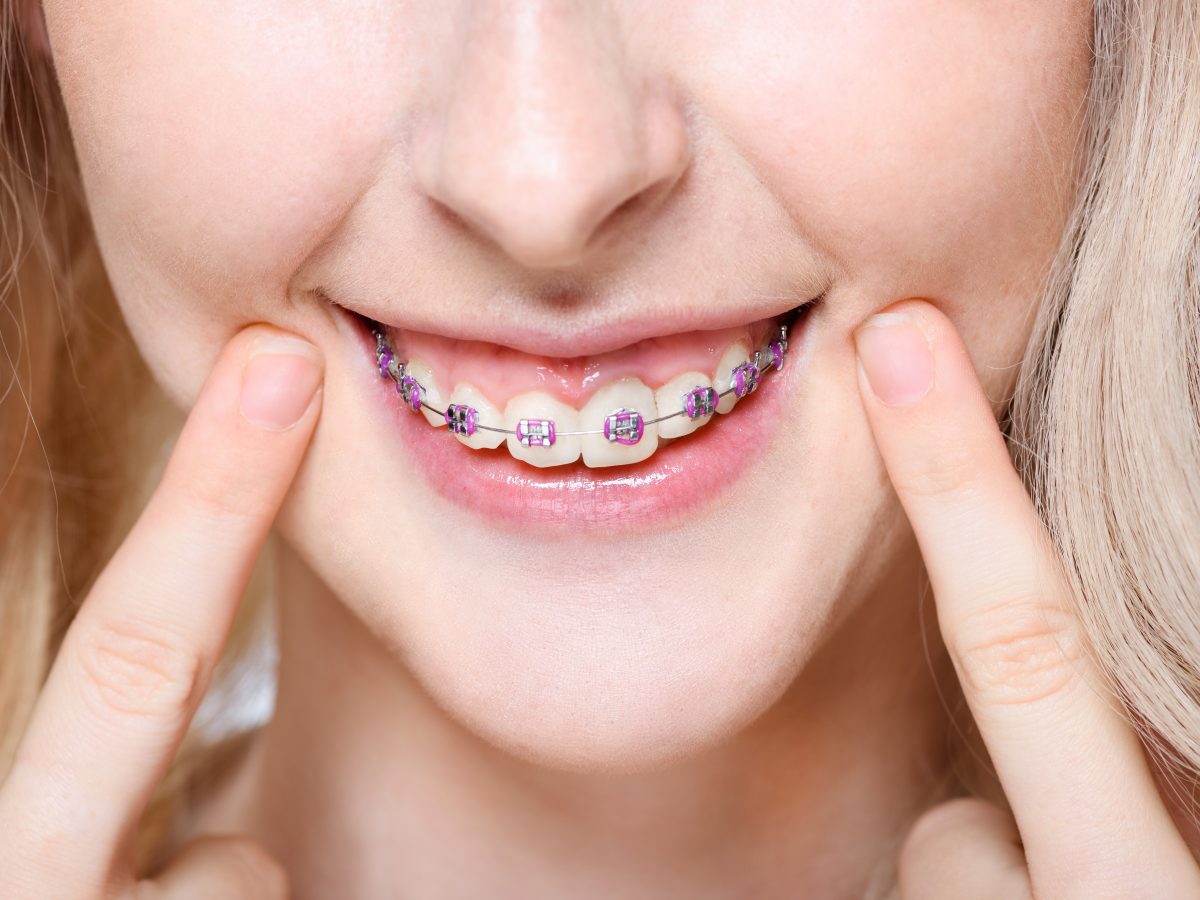Your Overview to Cumming Invisalign: Straightening Teeth with Style and Comfort
Your Overview to Cumming Invisalign: Straightening Teeth with Style and Comfort
Blog Article
Comprehensive Overview to Orthodontics Treatments for Dealing With Oral Misalignments
Understanding the ins and outs of each treatment, including their mechanisms, benefits, and prospective disadvantages, is crucial in making educated decisions concerning one's orthodontic treatment. As we browse via the thorough overview to orthodontic treatments for remedying dental misalignments, the detailed details of each technique will unfold, dropping light on the path toward a harmonious and functional oral alignment.
Orthodontic Procedures Overview

Along with traditional braces and clear aligners, orthodontists might additionally suggest other treatments like headgear, palatal expanders, or retainers to attend to details positioning concerns (cumming orthodontist). These treatments are tailored to every client's distinct demands and might include a combination of therapies to achieve the desired outcomes. Normal adjustments and monitoring are vital components of orthodontic treatment to make certain progress gets on track and to make any type of needed alterations along the method. By undergoing orthodontic procedures, clients can not only attain a straighter smile however likewise enhance their general dental wellness and feature.
Standard Dental Braces: Just How They Work
When taking into consideration orthodontic treatments for dental imbalances, conventional dental braces stand apart as a tried and true technique for dealing with teeth placing. Conventional dental braces contain brackets, cables, and bands that interact to apply continual stress on the teeth, slowly relocating them into the desired placement. The brackets are connected to the teeth using an unique adhesive, and the cords are threaded with the brackets. By adjusting the tension of the cables, orthodontists can regulate the direction and force put on each tooth, directing them into appropriate alignment in time.
As pressure is applied to the teeth via the dental braces, the bone bordering the teeth is improved to sustain the brand-new tooth settings. Clients will need normal changes at the orthodontist's office to make certain the dental braces continue to use the appropriate pressure for reliable teeth movement.
Unnoticeable Aligners: Pros and Disadvantages
These clear, personalized trays are essentially invisible when used, making them an appealing choice for people seeking a much more cosmetically pleasing orthodontic treatment. Individuals can eliminate the aligners before consuming or brushing their teeth, minimizing the threat of food getting stuck in the home appliance and streamlining the cleansing process.

Surgical Orthodontic Options
Surgical treatments in orthodontics present viable alternatives for attending to intricate dental imbalances that might not be successfully resolved through standard orthodontic therapies. While standard dental braces and unseen aligners can deal with lots of orthodontic problems, certain instances call for medical intervention to attain ideal results. Surgical orthodontic alternatives are usually recommended for serious malocclusions, considerable jaw discrepancies, and instances where the underlying bone structure requires modification to attain proper placement.
One typical surgical orthodontic treatment is orthognathic surgical procedure, which entails repositioning the jaws to remedy functional issues such as trouble talking or eating. This surgical procedure is often carried out in cooperation with an orthodontist who aids align the teeth prior to and after the treatment. Surgical orthodontics may additionally involve treatments to expose affected teeth, get rid of excess gum cells, or improve the jawbone to create a check my reference much more unified facial account.
Prior to thinking about medical orthodontic options, clients undertake an extensive examination to identify the requirement and possible benefits of such interventions. orthodontist. While surgical treatment might appear difficult, it can significantly enhance both the function and appearances of the smile in cases where conventional orthodontic treatments drop short
Retainers and Post-Treatment Treatment

Post-treatment care involves following the orthodontist's instructions vigilantly. This may include proper oral health methods, participating in follow-up consultations, and putting on the retainers as suggested. Failing to conform with post-treatment treatment directions can lead to regression, where the teeth slowly return towards their original placements. Regular retainer wear, excellent dental hygiene, and normal oral examinations are necessary for preserving the results achieved via orthodontic surgical procedure and making certain the lasting security of the remedied dental alignment.
Conclusion
In final thought, orthodontic treatments provide numerous options for fixing oral imbalances. Surgical orthodontic options are offered for extra severe misalignments. On the whole, orthodontic procedures can efficiently enhance oral health and aesthetic appearance.
As we navigate via the detailed overview to orthodontic treatments for correcting dental misalignments, the complex information of each approach will unfold, dropping light on the course towards a functional and unified dental positioning. - orthodontist
One of the most usual orthodontic treatments is the use of braces, which consist of steel braces and cords that use mild stress to gradually shift teeth into the desired setting.When taking into consideration orthodontic therapies for dental imbalances, standard dental braces stand out as a reliable approach for dealing with teeth placing. In addition, invisible aligners might not be ideal for complex orthodontic concerns that call for more significant teeth activity, as they are typically advised for moderate Read Full Report to moderate cases. Retainers are customized orthodontic devices designed to hold teeth in their corrected settings after the completion of orthodontic treatment.
Report this page